Axial Fan Evaporative Cooler
Latest Update: Dec 22, 2024, 9:21:29 AM
Product Category: Cooling equipment
Product status: Available
If available, you can thoroughly review this product and ultimately place your order for it using the form located at the bottom of the page.
Product Description
Axial Fan Evaporative Cooler and Its Applications in Greenhouses
Introduction
Axial fan evaporative coolers, known for their simple design, energy efficiency, and effective cooling, are among the most popular cooling systems in industrial and agricultural settings, particularly greenhouses. These coolers use water evaporation to produce cool, humid air and are widely used in greenhouses due to their low energy consumption and lack of need for ducting. This article explores the technical specifications, features, and applications of axial fan evaporative coolers in various types of greenhouses.
What Is an Axial Fan Evaporative Cooler?
An axial fan evaporative cooler is a cooling system that uses axial fans to move air through wet cellulose pads, cooling it via water evaporation. Unlike centrifugal fans, axial fans direct airflow linearly along the fan’s axis, enabling stronger air throw (up to 40 meters) and lower energy use.
Key features include:
-
Low Energy Consumption: Eliminating belts and pulleys reduces power usage by up to 25% compared to traditional coolers.
-
Cellulose Pads: These offer up to 25% higher cooling efficiency than straw pads and resist decay or scaling.
-
Durable Build: Typically made from galvanized steel with electrostatic paint, resistant to rust and harsh weather.
-
Low Noise: Axial fan blade design minimizes noise, ideal for sensitive environments like greenhouses.
-
Easy Installation: No ducting required, simplifying setup across various spaces.
Available in capacities from 13,000 to 70,000 cubic meters per hour, these coolers suit industrial, commercial, and greenhouse applications.
Applications in Greenhouses
Greenhouses require precise control of temperature, humidity, and ventilation, making axial fan evaporative coolers a popular choice across various types, including hydroponic, traditional, and research greenhouses. Below are their specific applications:
1. Temperature Control in Tropical Greenhouses
In hot, dry regions, maintaining optimal temperatures is critical for plant growth. Axial fan coolers reduce indoor temperatures by 10-15°C, making them ideal for greenhouses growing crops like tomatoes or cucumbers. For example, a 40,000 m³/h cooler can effectively cool up to 800 m² of greenhouse space.
2. Humidity Boost for Sensitive Plants
Plants like orchids or leafy greens thrive in high humidity. These coolers increase relative humidity to 60-80% through water evaporation, perfect for such crops. Multi-layered cellulose pads ensure uniform humidity distribution.
3. Ventilation and Air Quality Improvement
High plant density in greenhouses can lead to harmful gas buildup. Axial fans provide strong airflow, introducing fresh air and expelling waste gases, preventing mold and fungal diseases, especially in mushroom or medicinal plant greenhouses.
4. Energy Efficiency in Industrial Greenhouses
With low power consumption (Energy Class A) and no refrigerants, these coolers are cost-effective for large-scale greenhouses (700-1,000 m²). They save up to 80% energy compared to air conditioners, ideal for industrial setups.
5. Integration with Combined Systems
In modern greenhouses, axial fan coolers are often paired with misting systems or circulation fans for precise temperature and humidity control. In hydroponic greenhouses, this combination ensures a stable growing environment.
6. Suitability for Small and Medium Greenhouses
For smaller greenhouses (under 300 m²), lower-capacity coolers (e.g., 13,000 m³/h) are ideal due to easy installation and no need for complex infrastructure. They can be portable or fixed, fitting domestic or research greenhouses.
Advantages in Greenhouses
-
High Efficiency: Cellulose pads and axial fans deliver uniform, effective cooling.
-
Water Savings: Water recirculation systems reduce consumption by up to 50%.
-
Durability: Galvanized bodies and robust panels extend service life.
-
Flexible Installation: Can be mounted on walls, floors, or heights based on greenhouse design.
-
Low Maintenance Costs: Belt-free design minimizes repair expenses.
Limitations and Considerations
-
Climate Dependency: Efficiency drops in high-humidity areas (above 80%) due to reduced evaporation.
-
Ventilation Needs: Exhaust fans are required to prevent excess humidity buildup.
-
Pad Maintenance: Cellulose pads need periodic cleaning or replacement to avoid bacterial growth.
Practical Examples in Iran
In Iran, axial fan evaporative coolers are used in greenhouses in hot, dry provinces like Yazd, Kerman, and Khuzestan for crops like cucumbers, tomatoes, and leafy greens. For instance, Sermasun’s 40,000 m³/h coolers in Yazd’s industrial greenhouses maintain temperatures below 30°C in summer while keeping humidity at an optimal 60-70%.
Conclusion
Axial fan evaporative coolers, with their advanced design, low energy use, and effective cooling, are ideal for greenhouses. They enhance productivity by providing proper ventilation, temperature, and humidity control while reducing operational costs. Selecting the right cooler requires considering capacity, greenhouse size, and local climate. Consult agricultural experts or reputable manufacturers like Sermasun or Energy to choose the best model for your greenhouse needs.
Order for Axial Fan Evaporative Cooler
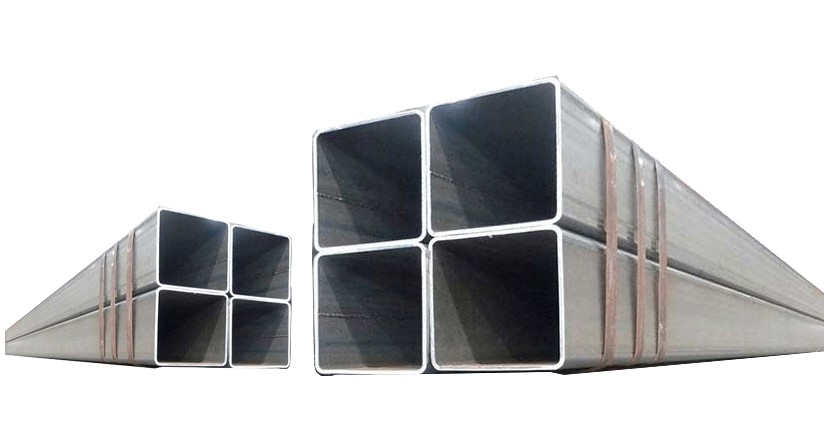 Galvanized can profile 10
Galvanized can profile 10
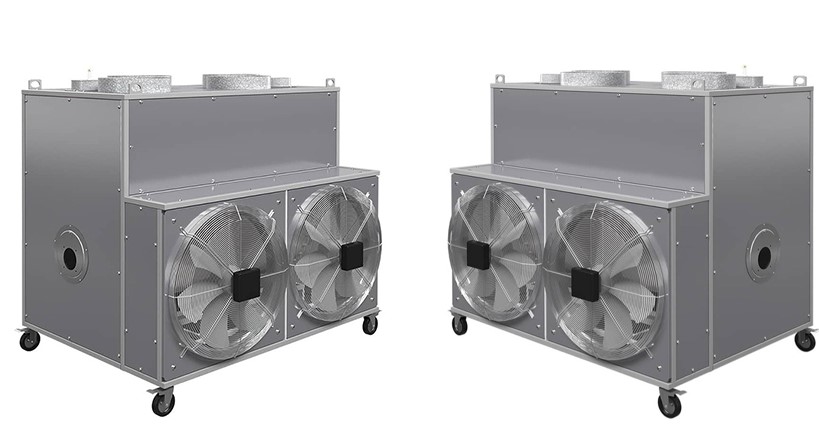 Furnace Heater
Furnace Heater
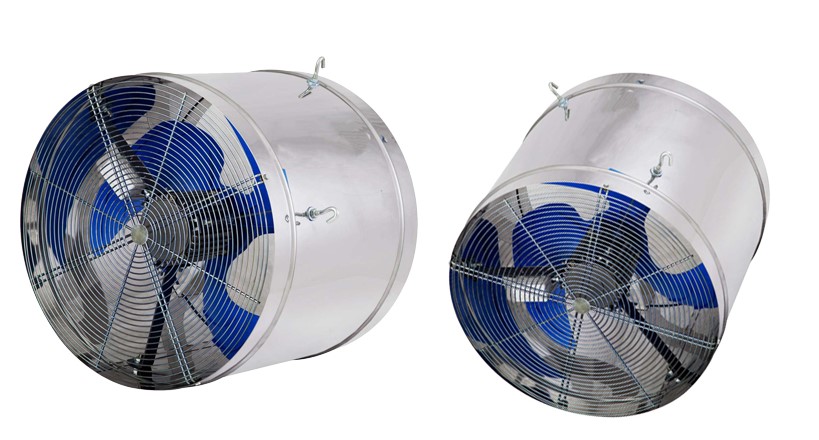 Type 4 Circulation Fan
Type 4 Circulation Fan
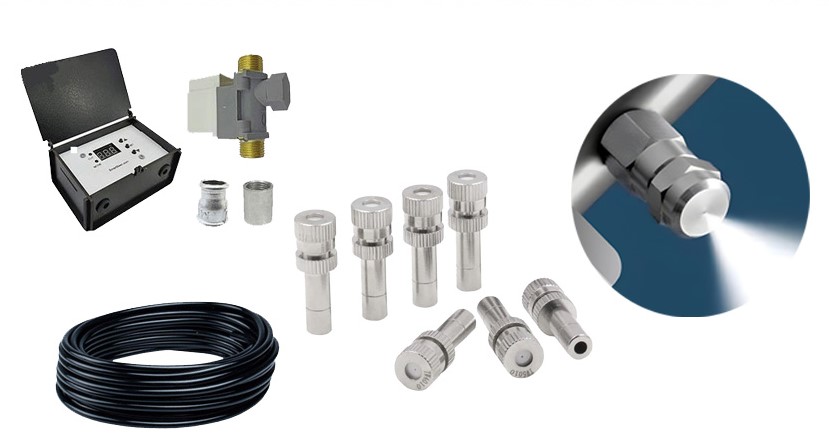 Greenhouse Mist Sprayer
Greenhouse Mist Sprayer



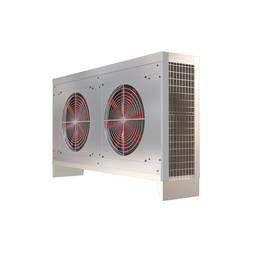
 7 Myths About Starting a Greenhouse
7 Myths About Starting a Greenhouse
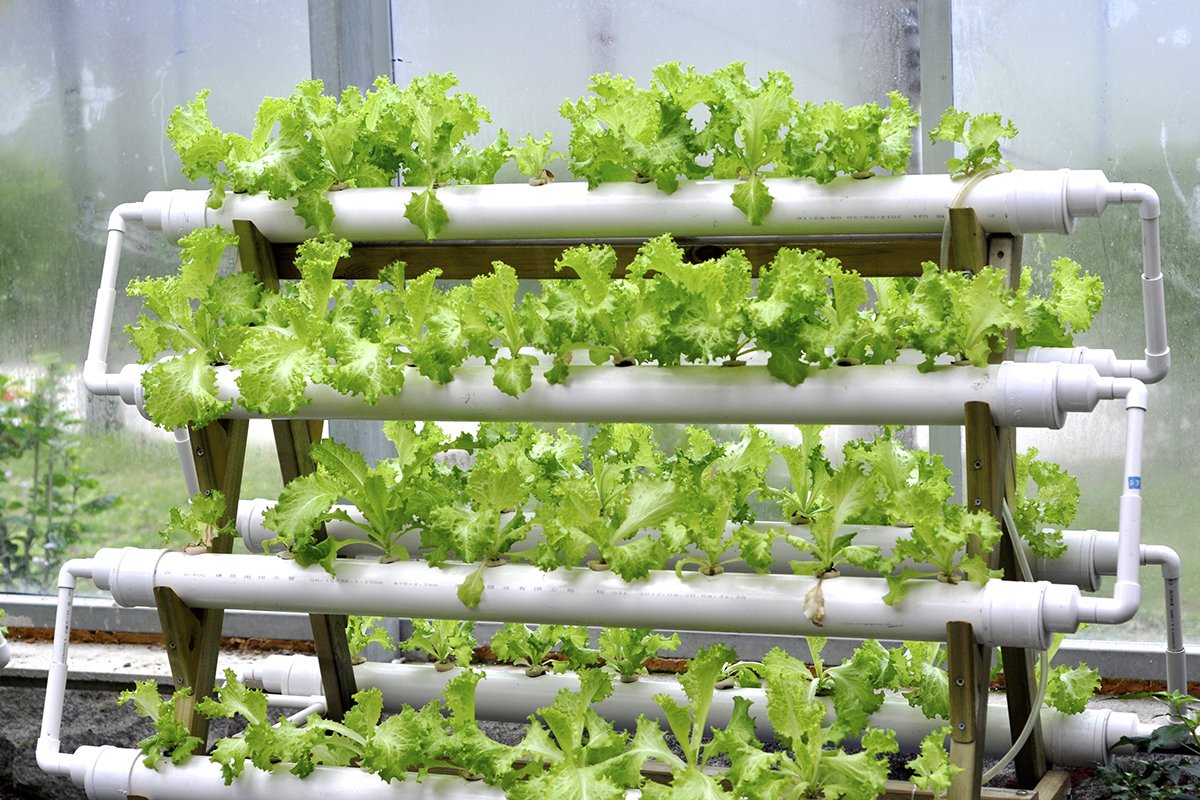 Hydroponic Greenhouse: A Comprehensive Guide to Setup, Benefits, and Systems
Hydroponic Greenhouse: A Comprehensive Guide to Setup, Benefits, and Systems
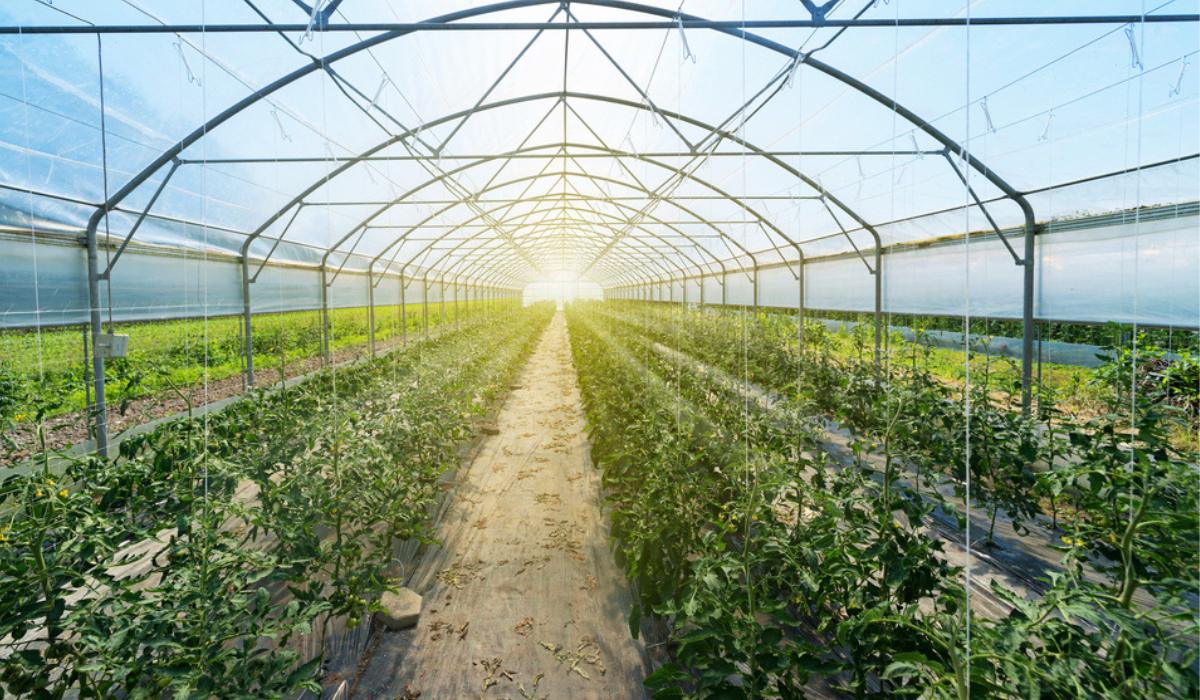 Land Requirements for Greenhouse Establishment
Land Requirements for Greenhouse Establishment
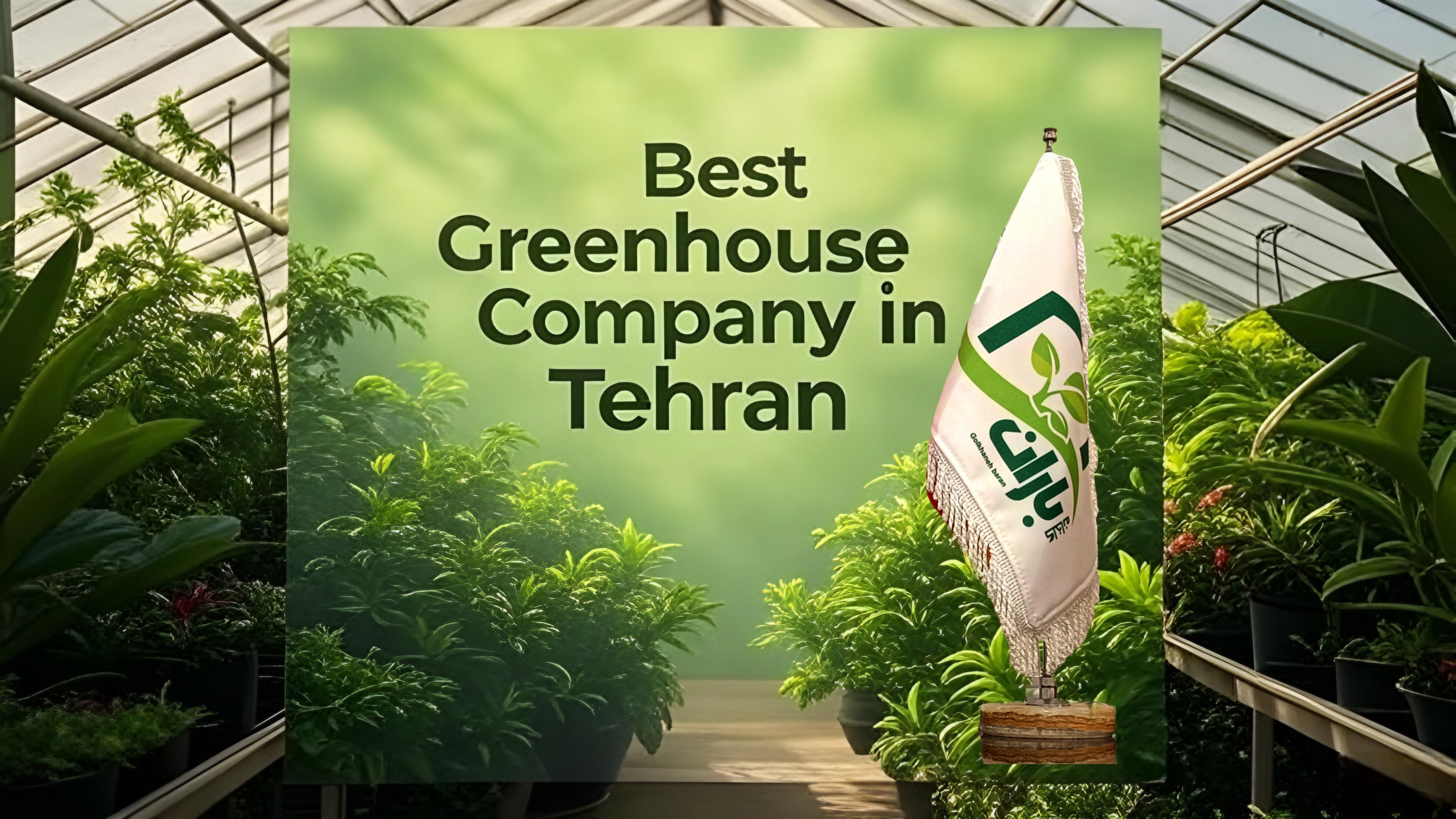 The best greenhouse construction company in Tehran
The best greenhouse construction company in Tehran